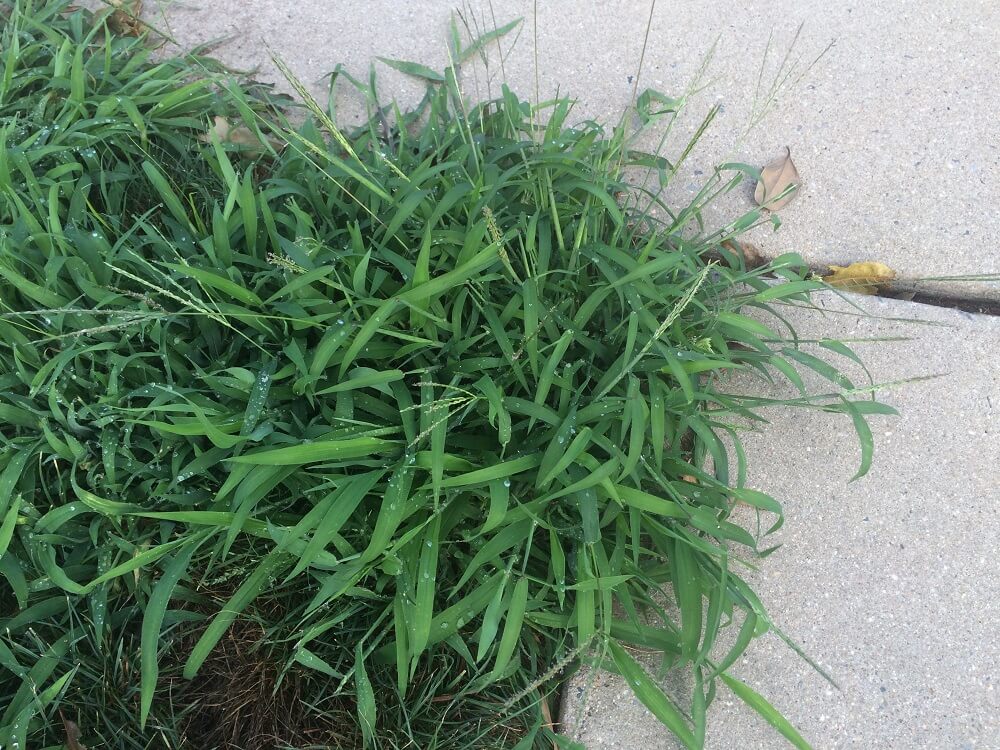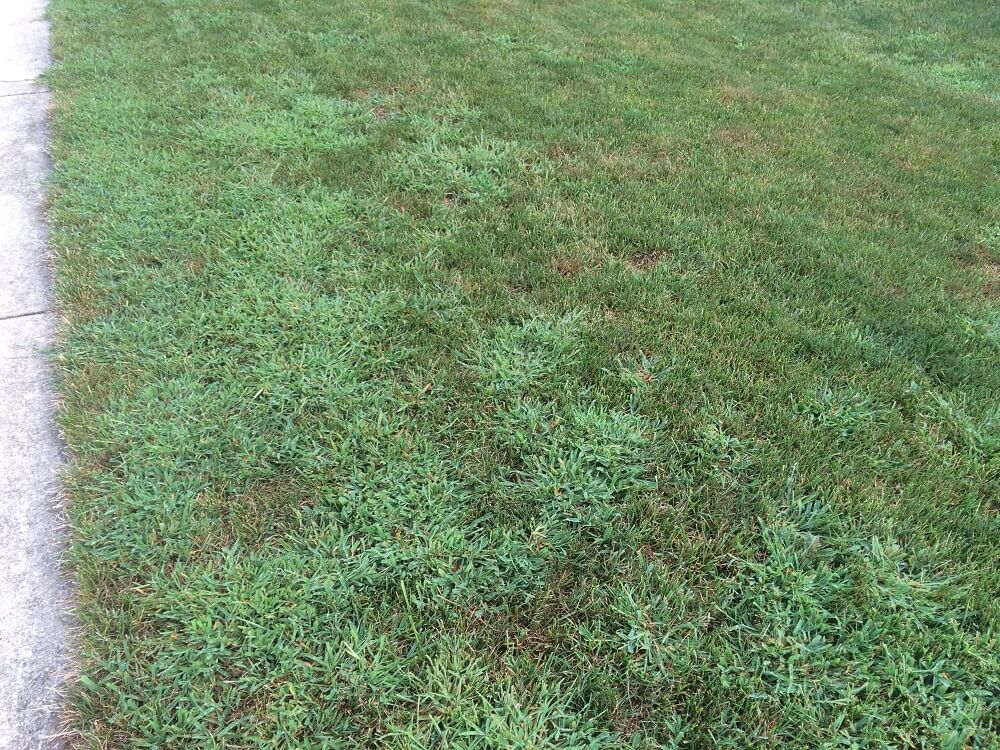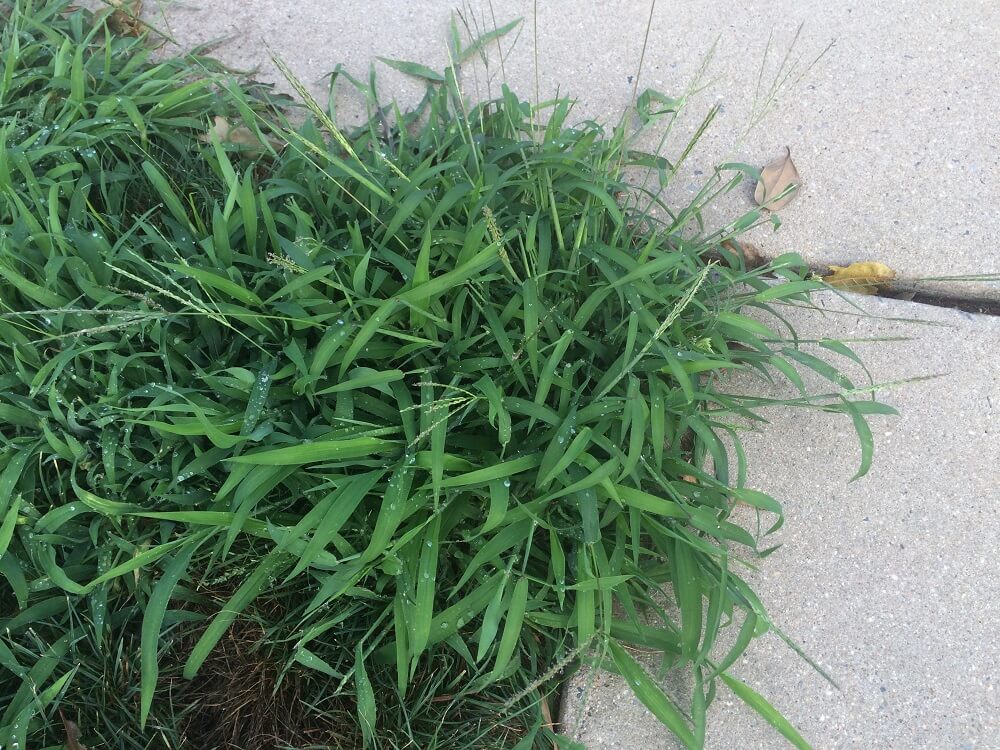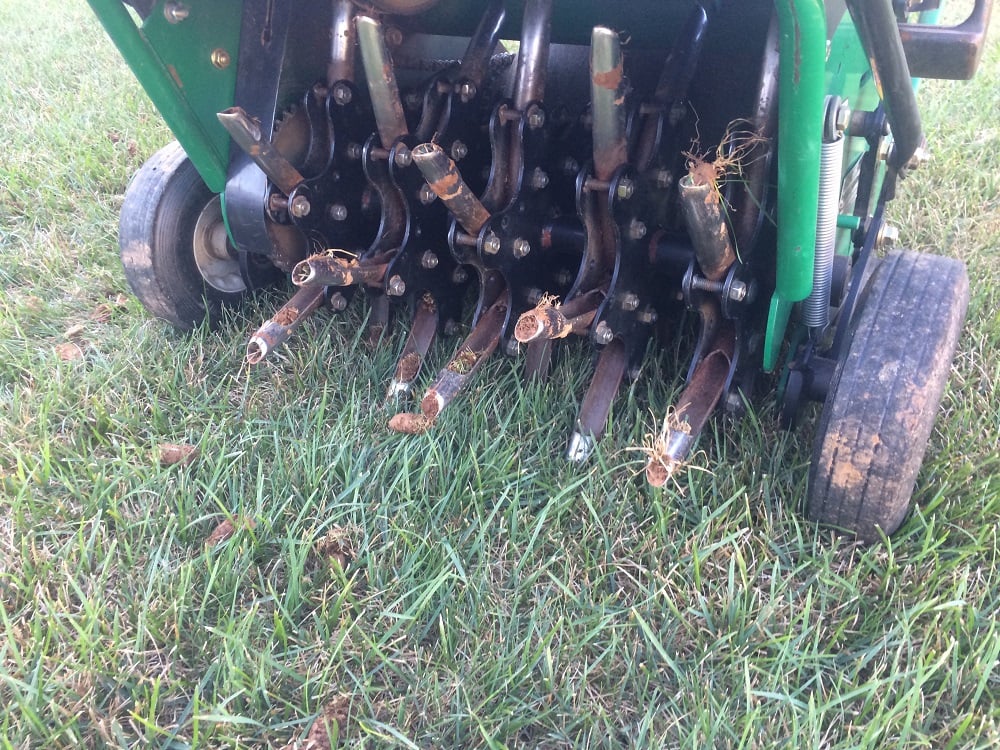
When it comes to keeping your lawn looking its best, chances are, if you see crabgrass popping up, it gets under your skin. Due to its yellowish/greenish color (which doesn’t match the rest of your turf) as well as its propensity to grow in thick, dense mats, crabgrass really does stand out like a sore thumb—and that probably makes you crabby.
Fortunately, with the right game plan, there are crabgrass control solutions that will get your lawn back on track so that you can get your blood pressure back in check. After all, you shouldn’t have to feel stressed every time you look at your lawn.
You already know that crabgrass is your enemy. But what else should you know about this pesky weed? For one, you should know that it’s very aggressive. You probably already realize this from just how fast it seems to spread. The truth is, in only a short amount of time, crabgrass can begin to choke out your desired turfgrasses and wreak havoc on your lawn.

What you may be shocked to learn is exactly why it runs so rampant. That’s because just a single crabgrass plant can produce up to 75,000 seeds. These lay dormant in the soil until the timing and conditions are just right for germination (in early spring) at which time the weed suddenly starts spreading like crazy.
That’s all the bad news. Fortunately, there’s some good news, too.
The good news is that there are solutions. When it comes to battling crabgrass, prevention is critical. We like to say that the best way to deal with crabgrass is to avoid it in the first place.
The key is to get your first application of crabgrass preventer, or “pre-emergent,” down before soil temperatures get high enough for crabgrass to start germinating (generally around 55 degrees).

That’s because preventer works by forming a thin barrier near the surface of the soil which intercepts the germinating crabgrass seeds. When the germinating seed comes into contact with the product, it drastically reduces the amount that can grow.
In our region here in Memphis, TN and Olive Branch, MS, the ideal timing generally means putting down the first preventer application in early March though there have been years that we’ve started as early as February. It’s important to work with a lawn care company that is paying close attention to the weather and planning accordingly.
While a pre-emergent crabgrass control strategy will take care of the majority of your crabgrass, it’s not 100-percent foolproof. That’s why another key component of your crabgrass control strategy should include spraying crabgrass with a post-emergent liquid control product. Doing so will knock back any sneaky crabgrass that somehow found a way to persevere and poke through.
Besides preventing as much crabgrass from germinating in the first place as you can—and implementing a breakthrough strategy for any that pops up—the third piece to your crabgrass control strategy is promoting a thick and healthy lawn with additional services. In general, a thick and thriving lawn is the best defense against weeds since it will crowd out their growth.

A vital part of this effort should be the incorporation of aeration and overseeding, which will help break up compacted soil and allow your healthy lawn to thrive. On top of that, you should consider regular fertilization throughout the year to really help thicken up your lawn.
Are you ready to stop letting crabgrass boil your blood? If you are, then it’s time to take action. Getting the right crabgrass control strategy in the works can help prevent you from even having the chance to be crabby.

After all, with the majority of your crabgrass being prevented in the first place, you’ll be able to feel good that your lawn is finally looking its best. Plus, you can rest assured that there’s a plan in place for any crabgrass that does break through.
Instead of giving crabgrass the chance to ever steal your good mood again, your wise choice in hiring a professional will allow you to take back your lawn—and your sanity.
Wishing for a weed-free lawn that doesn’t give you any reason to be crabby? Talk to a lawn care expert, choose from 3 program options, and become the master of your lawn.
Michael Hatcher is Founder / Chairman of Michael Hatcher & Associates.
These Stories on Lawn Care
8255 Center Hill Rd
Olive Branch, MS 38654
8164 MS-178
Olive Branch, MS 38654
Phone: (901) 445-9336
Fax: (901) 853-7353
Copyright © Master Lawn | All Rights Reserved.